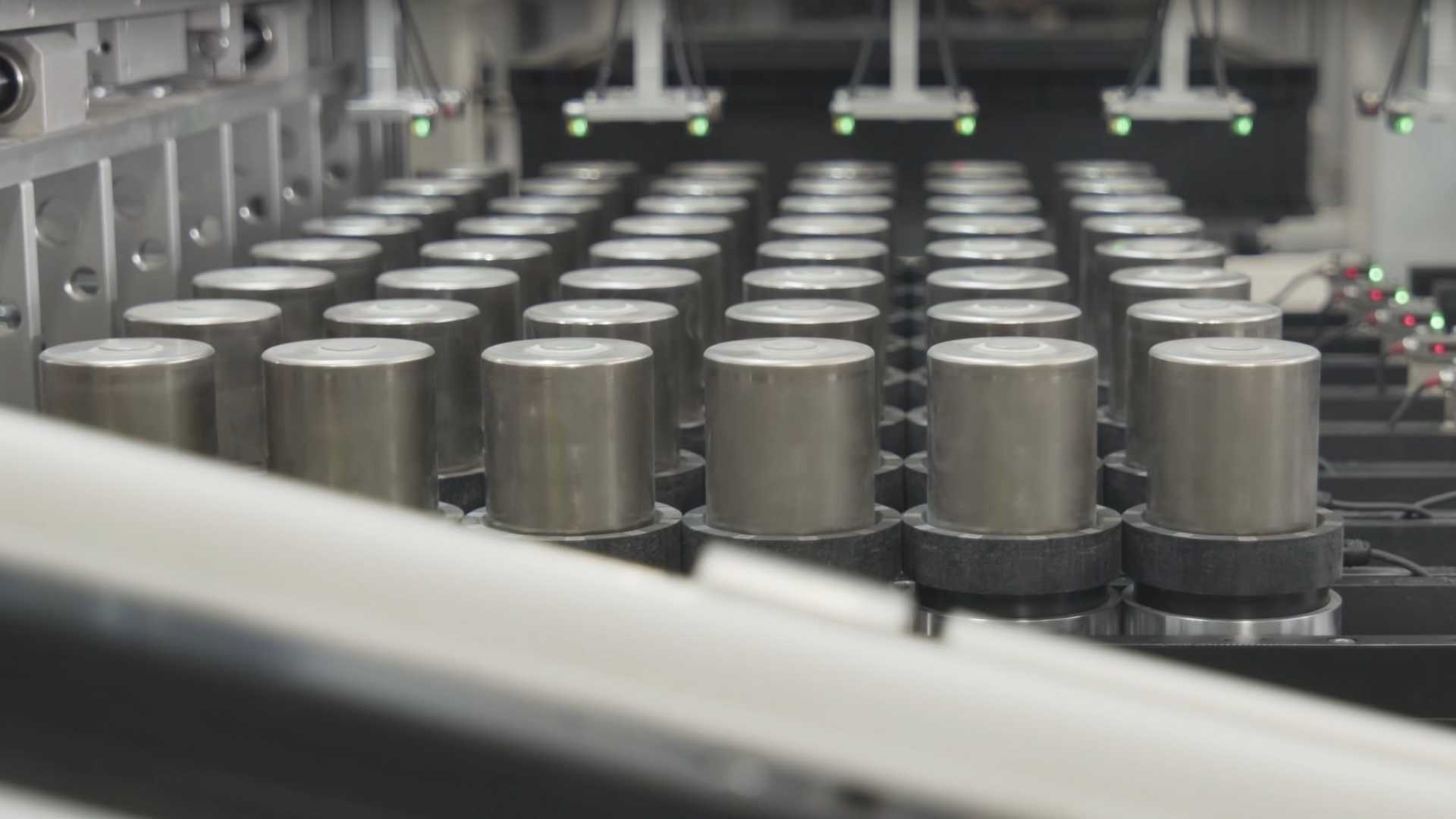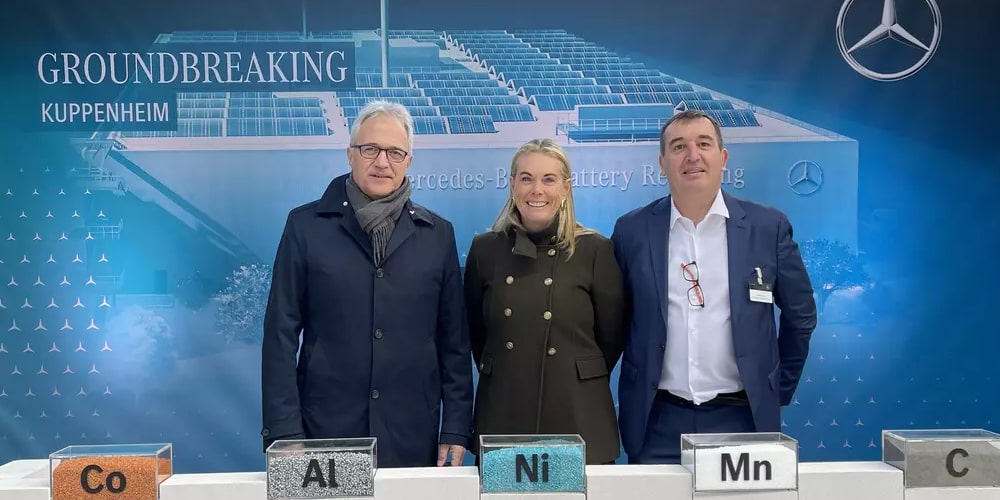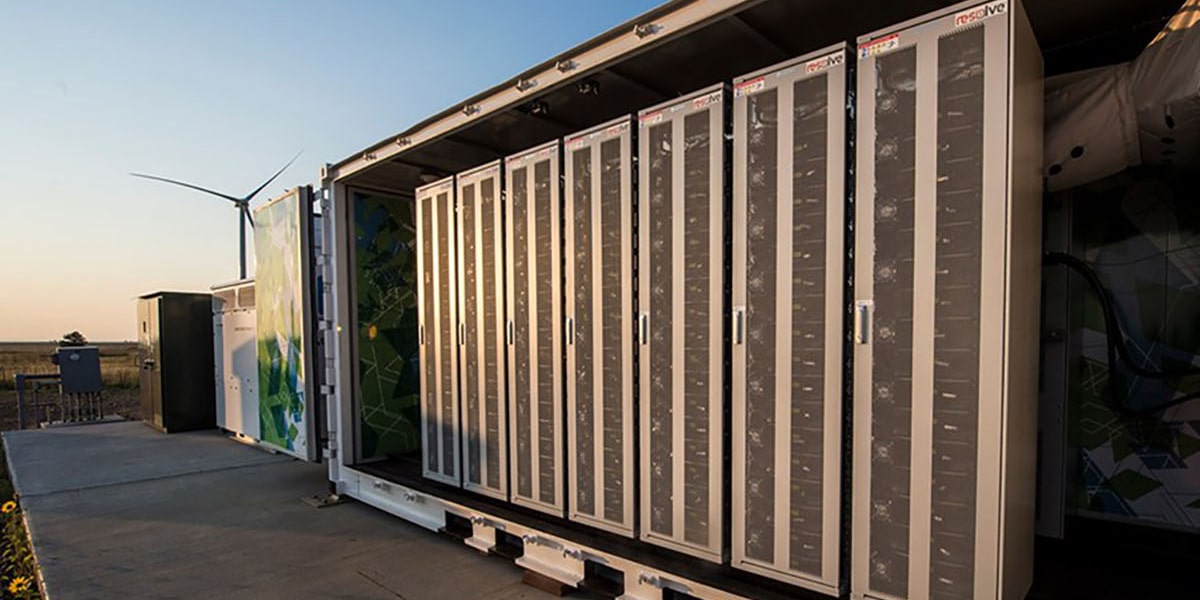The US Department of Energy (DoE) has taken a significant stride in bolstering the electric vehicle (EV) sector with its latest move to allocate up to $37 million from the Bipartisan Infrastructure Law (BIL) funding. The primary aim of this funding infusion is to accelerate progress in electric vehicle battery recycling, transportation efficiency, and innovative design.
In an official communication, the government has revealed its intention to issue a Funding Opportunity Announcement (FOA) that focuses on devising solutions to curtail the expenses tied to battery recycling. The emphasis lies on leveraging cutting-edge technologies, streamlined processes, and ingenious product designs that simplify the transportation, disassembly, and preprocessing of end-of-life electric drive vehicle batteries.

Importantly, the scope of BIL funding is not confined to the present year. The plan unfolds a comprehensive vision to channel over $7 billion into the battery supply chain during the upcoming five years. This strategic investment blueprint encompasses the entire battery lifecycle, spanning sustainable sourcing, processing, and extending all the way to the crucial phases of battery collection and recycling at the end of their useful life.
Central to this initiative is the pursuit of research, development, and practical demonstrations of “second-life applications for electric drive vehicle batteries that have been used to power electric vehicles.” Additionally, the program is dedicated to fostering the creation of “technologies and processes for final recycling and disposal of the [electric drive vehicle batteries].”
The Department of Energy envisions the high-capacity battery supply chain as a sequence of five key stages. It commences with the production of raw materials, followed by their processing, battery material manufacturing, and cell fabrication. These processes collectively culminate in the assembly of battery packs for their integration into end-use products. The ultimate phase of this chain pertains to the critical aspects of battery end-of-life management and recycling.







